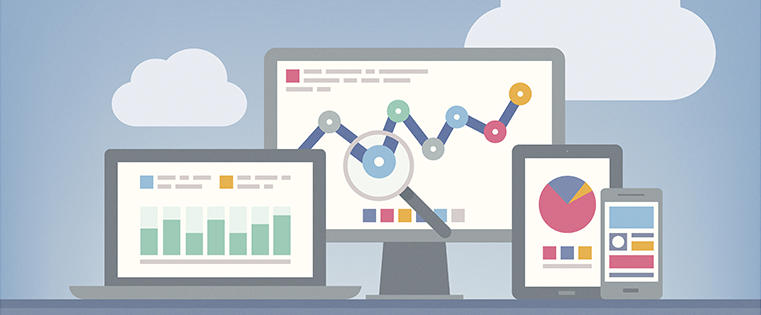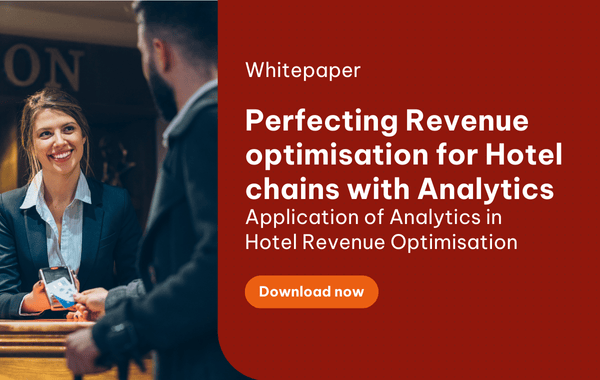The adoption of Financial Shared Services Centre has revolutionised the strategic roles of the finance function in global corporations by delivering more added value to other functions and processes via their analytics and decision-making capabilities. Such centres have evolved to not only focus on traditional tasks, such as costs reduction but also enhance organisations’ effectiveness and efficiency in many ways.
They can help forecast customer needs and market demand in a more accurate and reliable fashion (see how), improve the bottom line by driving down costs and facilitating cross-functional integration. Business units can, therefore, focus on their core value-creation processes.
Read more: 3 ways to weather the perfect storm of corporate reporting
In order to do so, financial shared services centres require specialised skill sets and the right finance talent. On top on that, they need to be able to harness the power of technology. Most notably, analytics tools are now a key enabler of financial shared services centres’ success.

Challenges at the Honeywell's Global Finance Centre
Preetham Shanbhag, Honeywell’s senior director, financial planning & analysis, revealed in an interview how the company’s global finance centre has benefited greatly from advanced analytics software.
Honeywell is a US-based Fortune 100 company that provides a wide variety of products and services, from home appliances to aerospace or industrial systems. Its revenue and global workforce in 2015 are US$38.6 billion and 129,000, respectively.
The company’s global finance centre is located in Bangalore, India. It provides financial services to the entire Honeywell’s global operations, which span around 100 countries and 14 strategic business units (SBUs). In essence, it is the financial planning and analytics powerhouse for this multibillion-dollar business.
The centre understandably has to deal with a tremendous amount of data. Honeywell’s vast technology landscape comprises more than 150 ERP systems from different vendors - SAP, Oracle, Navision, to JD Edwards, etc.
Read more: How Data Analytics is changing hotel revenue management
Just pulling data from these systems is already a daunting task. It takes the staff a great deal of time to manually extract the data before they can analyse it. The challenge is twofold. Not only do they have to analyse a lot of data, but they also have to make sure their reports are timely and easy to understand. Honeywell’s business units, the centre’s internal customers, rely on those reports to make actionable decisions.
Read more: 3 best Business Intelligence & Analytics vendors 2017
The solutions and outcomes
Traditionally, they utilised a combination of Excel spreadsheets and traditional Business Intelligence tools, which was very time-consuming. Insights could take months to be developed, and at the point became somewhat irrelevant.
Read more: Enterprise Performance Metrics – when less is more
The decision to adopt Tableau has helped reduced those lead times to just a few hours. Unlike other traditional business intelligence & analytics software, Tableau is designed for business users, with a strong emphasis on self-service capabilities and ease of use.
The level of Tableau’s automation and standardisation has helped the company’s global finance centre generate 10,000 to 20,000 man hours in terms of increased productivity. More important, the centre’s internal customers now have access to timelier and more easy-to-understand reports that can create significant business impact.
Analytics software like Tableau has truly transformed how the finance function performs its roles. Subscribe to our Blog to stay informed about latest news and updates in Business Intelligence & Analytics.
 English
English  Vietnamese
Vietnamese 


